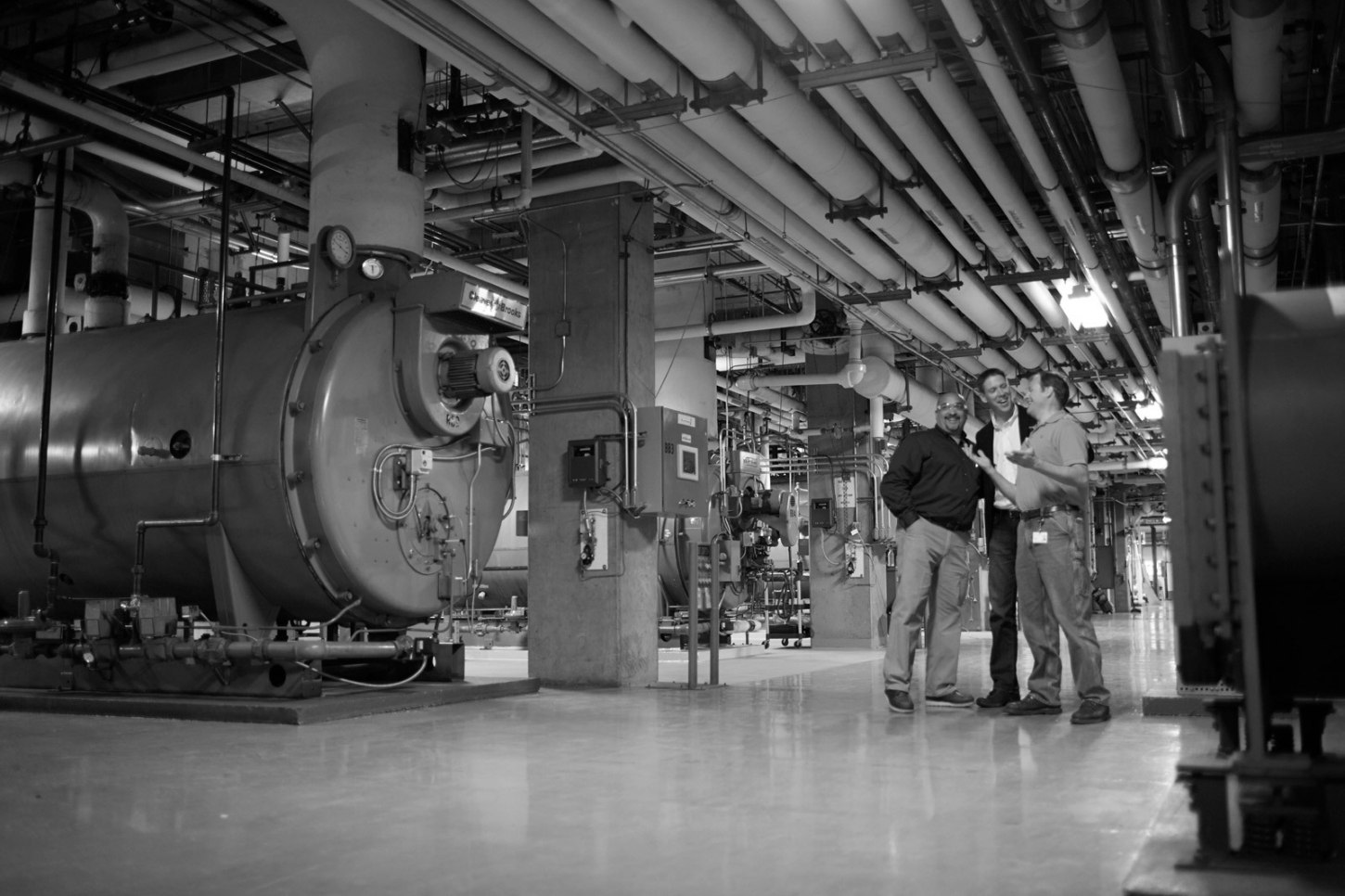In a world increasingly conscious of resource consumption and environmental impact, the Inflation Reduction Act (IRA) has emerged with funding for a more sustainable and efficient future. At the core of this initiative stands energy modeling, a pivotal instrument for steering the built environment. Within the IRA, energy modeling catalyzes how your building saves money by harnessing and managing energy.
Understanding the Inflation Reduction Act
Before delving into the ways energy modeling can gain you funding from the Inflation Reduction Act, let's briefly outline the bigger picture. The Inflation Reduction Act is a comprehensive policy aimed at curbing inflation and stabilizing economic conditions. It encompasses various measures and strategies to combat rising prices and ensure long-term economic stability, including fiscal policies, monetary policies, and structural reforms.
The Role of Energy Modeling
Energy modeling is a sophisticated analytical tool used to simulate and forecast energy consumption, production, and efficiency within a given system. While traditionally applied in the context of energy policy and environmental sustainability, energy modeling's potential extends well beyond its initial scope. Here are several ways in which energy modeling can contribute to the success of securing the Inflation Reduction Act incentives.
- Energy Efficiency Initiatives: Energy modeling identifies areas where you can improve your buildings’ energy efficiency. When industries and businesses become more energy-efficient, they not only reduce their carbon footprint but also save on energy costs. Reducing energy consumption in heating, cooling, lighting, and other MEP systems, helps lower your operational costs.
- Data-Driven Decision-Making: Energy modeling uses vast datasets and complex algorithms to generate accurate predictions. By leveraging this data-driven approach, you can make informed decisions about energy usage and infrastructure improvements – including the “what, when, and how” of scope, sequence, and construction delivery methods.
- Infrastructure Investments: Energy modeling guides infrastructure investments in a way that aligns with long-term economic stability. By identifying building infrastructure gaps and areas where energy supply is unreliable, owners can make informed decisions about where to allocate resources for improved infrastructure.
- Behavioral Insights: Behavioral economics plays a crucial role in understanding consumer choices and the impacts of energy pricing on spending patterns. Energy modeling can help design pricing structures that encourage energy conservation and discourage wasteful consumption, indirectly curbing costs by reducing overall energy demand.
- Carrot, meet stick: With energy and carbon regulations like the Clean Buildings Act and energy standards evolving quickly, energy modeling is an essential tool for affordable regulatory compliance. Look to energy modeling for IRA incentives to help fund your required energy projects.
The Inflation Reduction Act represents a proactive response to the economic challenges posed by rising inflation. Energy modeling emerges as a valuable tool in the arsenal of strategies aimed at achieving this goal. By optimizing energy efficiency, harnessing renewable energy sources, and making data-driven decisions, energy modeling can help reduce the economic burden on consumers and businesses alike.
Why UMC?
The Inflation Reduction Act’s newly expanded 179D incentives represent a remarkable opportunity for commercial-scale buildings (both private and tax-exempt) to affordably enjoy infrastructure renewal, meet sustainability goals, and fulfill emerging requirements. UMC specializes in these upgrades, including energy modeling. We know how you can manage a building's energy to ensure optimal comfort and financial savings while tracking the overall carbon deduction and energy uses. Even better, you can meet the IRA’s top-tier financial incentives with prevailing wage and registered apprenticeship programs, where UMC has 103 years of success.
UMC is here to guide you through every step of the process, from assessing eligibility and identifying opportunities for improvement to ensuring that your projects meet the rigorous energy reduction standards required for the 179D tax deduction. Our dedication to delivering innovative and sustainable solutions by top-tier local experts aligns perfectly with the spirit of this federal financial incentive.
Reach out to UMC today to see how we can help your facility.
Questions or Comments?
For media inquiries or related questions, please contact info@umci.com
